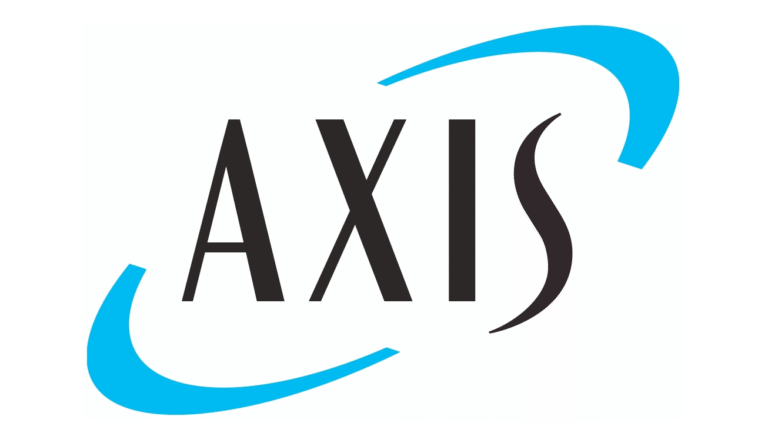
According to a new report from the credit rating agency AM Best, the ongoing US government shutdown has halted the ability of a key federal agency to renew existing flood insurance policies or issue new ones under the National Flood Insurance Program (NFIP), potentially affecting millions of homeowners as the Atlantic hurricane season nears its end.

With Congress unable to reach a funding deal, the programme was not reauthorised, temporarily suspending its operations.
The AM Best analysis notes that while the NFIP remains a critical component of the national flood insurance market, it has been gradually losing share to the private flood insurance sector, which grew to account for 27% of total premiums in 2024, up from 13% in 2016.
A previous report from Neptune Flood stated that the private insurance industry is now “ready and better prepared” to handle much of the nation’s flood risk, with roughly 95% of new policyholders eligible for private coverage.
Policyholders with current NFIP coverage will remain protected until their policies expire, and FEMA can continue to handle active claims as long as its existing funds permit.
According to AM Best, some lenders may pause their flood insurance requirements until Congress restores programme funding. However, prospective homebuyers, particularly those in high-risk flood zones, could face serious exposure if a major storm or flooding event occurs before the NFIP resumes operations.
“What remains to be seen is whether a pivot from publicly subsidised coverage gains momentum and leads to an even larger role for private flood insurers in this segment,” said David Blades, Associate Director, AM Best.
The report emphasises that a shutdown lasting several weeks would be most disruptive in Florida and Texas, where thousands of monthly home transactions rely on the availability of flood insurance. During this lapse, the suspension of both new and renewal NFIP policies is likely to delay or prevent many real estate closings that require proof of flood coverage.
“The onus will then fall squarely on the private flood market to provide alternative coverage to policyholders that cannot secure NFIP coverage,” added Christopher Graham, Senior Industry Analyst, AM Best.
He continued: “However, the private market may not be a viable option for all homeowners, particularly those in high-risk areas where the NFIP is the only viable choice.”
AM Best also highlights the NFIP’s dominant role in the past, noting it accounted for nearly 90% of the nation’s flood premium less than ten years ago.
Over the past 25 years, coastal property growth has intensified flood risk in hurricane-prone states, particularly Florida, Texas, and Louisiana. Florida represents over one-third of total US flood premiums, with Texas and Louisiana ranking second and third. Together, these three states make up more than half of the national total.
Data cited by AM Best shows that in these states, the private flood insurance market has consistently outperformed the NFIP, achieving a lower loss ratio in eight of the past nine years.





